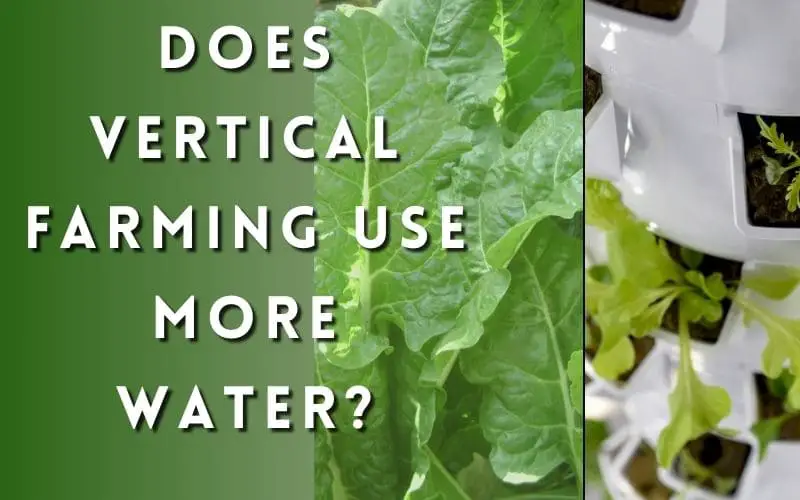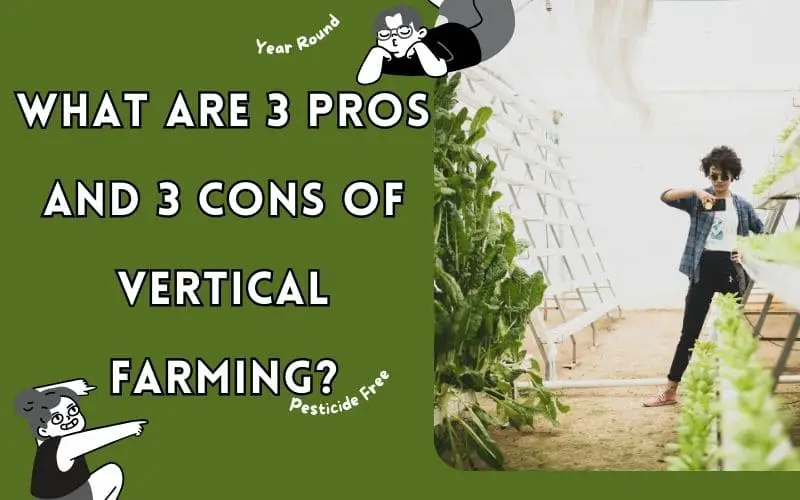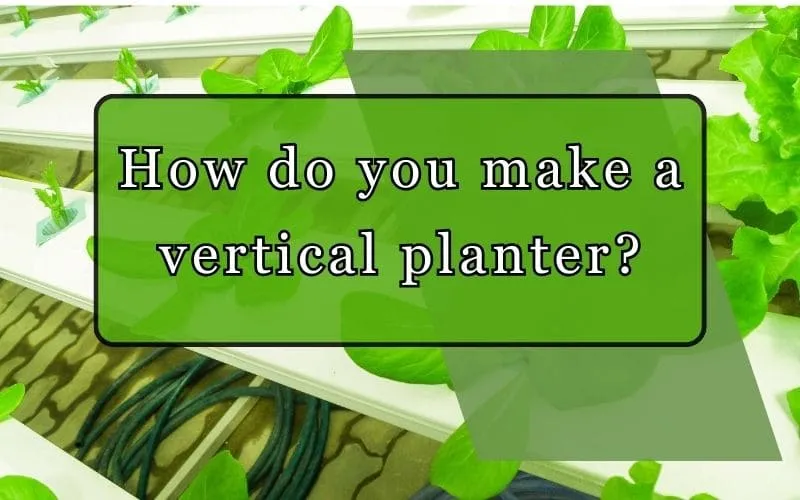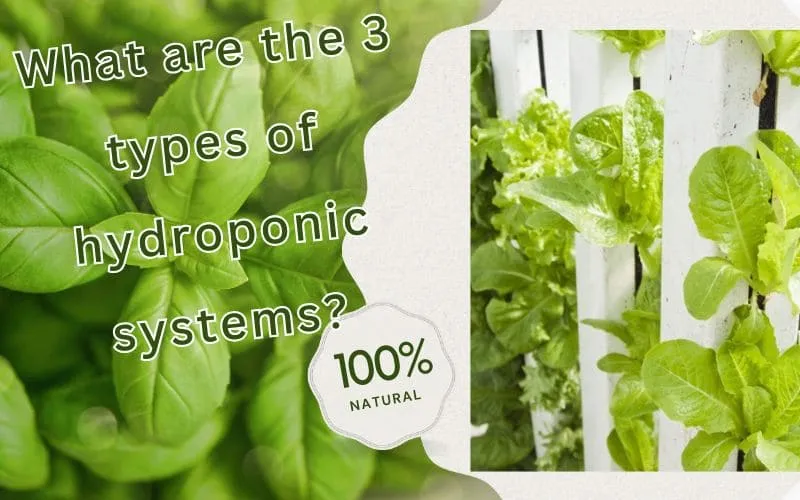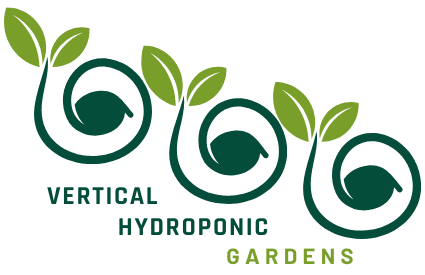How do plants get water in vertical farming?
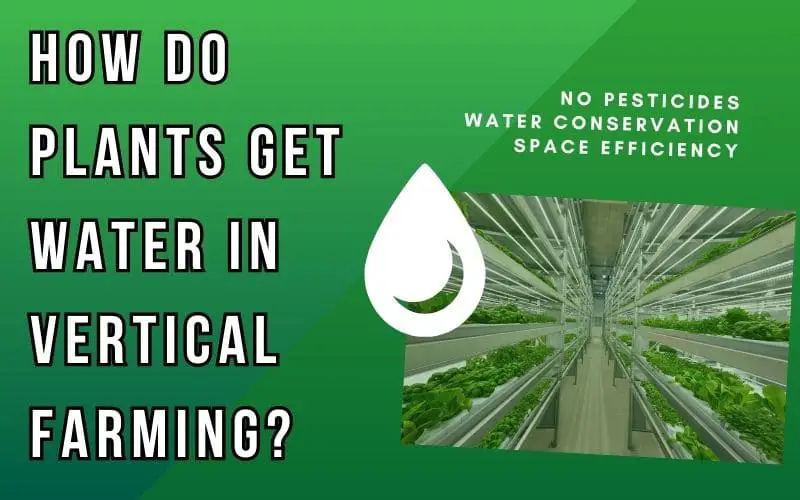
Introduction
Welcome to our comprehensive guide on watering systems in vertical farming. In this article, we will explore the different methods employed to ensure that plants in vertical farms receive the water they need to thrive. Understanding the intricacies of watering systems is crucial for maximizing the efficiency and productivity of vertical hydroponic gardens.
Answer to the Question
How do plants get water in vertical farming? In vertical farming, plants receive water through specialized watering systems such as hydroponic systems, aeroponic systems, and fogponic systems. These innovative methods ensure that plants receive an optimal supply of water, nutrients, and oxygen, contributing to their healthy growth and development.
Watering Systems in Vertical Farming
Hydroponic Systems
Hydroponic systems are a popular choice in vertical farming due to their efficient water usage and space-saving design. These systems deliver water and nutrients directly to the plant roots, eliminating the need for soil. By utilizing nutrient-rich water solutions, plants in hydroponic systems receive precisely the right amount of water and essential nutrients for healthy growth.
There are several types of hydroponic systems, each with unique features and benefits:
- Drip Systems: Deliver a nutrient solution directly to the plant’s root zone through a network of tubing and emitters.
- Flood and Drain Systems: Also known as ebb and flow systems, these intermittently flood the plant roots with a nutrient solution and then drain it.
- NFT (Nutrient Film Technique) Systems: A thin film of nutrient solution flows through plastic channels, exposing the plant roots to a constant supply of water and nutrients.
Hydroponic systems offer a range of benefits for vertical farming:
- Water Efficiency: Utilizes water more efficiently than traditional soil-based farming.
- Space-Saving Design: Ideal for vertical farming as it requires minimal space.
- Precision Nutrition: Provides precise control over the nutrients delivered to plants, promoting healthy growth.
- Mitigates Soil-Borne Diseases: Eliminates the need for soil, reducing the risk of soil-borne pests and diseases.
Aeroponic Systems
Aeroponic systems utilize a misting technique to deliver water and nutrients to plant roots. By suspending the plant roots in an oxygen-rich environment, aeroponic systems provide an efficient and effective way of delivering water directly to the root system. This method reduces water usage and promotes vigorous plant growth, making it a sustainable choice for vertical farming.
Fogponic Systems
Fogponic systems use ultrasonic technology to create a fine mist of water and nutrients, which is then delivered to the plant roots. This method ensures consistent and precise water delivery, promoting optimal nutrient absorption and plant growth. Additionally, fogponic systems require minimal water usage, making them an eco-friendly solution for vertical farming.
- Enhanced Nutrient Absorption: The fine mist produced by fogponic systems allows for enhanced nutrient absorption by the plant roots, leading to healthier and more robust growth.
- Water Efficiency: Fogponic systems significantly reduce water usage, making them environmentally friendly and sustainable for vertical farming operations.
- Improved Plant Health: The consistent and precise delivery of water and nutrients promotes overall plant health and vitality, minimizing the risk of nutrient deficiencies or imbalances.
Benefits of Watering in Vertical Farming
Efficiency
Watering systems in vertical farming offer unparalleled efficiency in water usage. By delivering water directly to the plant roots, these systems minimize wastage and ensure that plants receive the precise amount of water they need for healthy growth. This efficiency is crucial for sustainable agricultural practices and conservation of water resources.
Controlled Nutrient Delivery
Vertical farming watering systems enable controlled delivery of essential nutrients to plants. By administering nutrients alongside water, these systems ensure that plants receive a balanced and targeted supply of nutrients, contributing to their overall health and vitality. This precise nutrient delivery fosters optimal crop yields and quality.
Space-saving
Space-saving in Vertical Farming
- Vertical farming is a revolutionary approach that offers exceptional space-saving benefits. By eliminating the need for traditional soil-based agriculture, vertical farming optimizes the use of available space, making it ideal for urban farming and indoor agricultural setups.
- The vertical arrangement of plants allows for high-density cultivation in limited spaces, maximizing the productivity per square foot.
- In addition to the efficient use of water, vertical farming also reduces the overall land footprint required for agriculture, contributing to sustainable land use practices.
- This space-saving characteristic makes vertical farming a viable solution for addressing food production challenges in densely populated urban areas, offering a scalable and efficient approach to agricultural sustainability.
Challenges and Solutions
Water Consumption
One of the primary challenges in vertical farming revolves around water consumption. Efficient water management is crucial for the sustainability of vertical farming systems. Here are some detailed aspects of water consumption in vertical farming:
- Water Efficiency: Vertical farming utilizes efficient watering systems to minimize water usage. Techniques such as hydroponics and aeroponics ensure that water is used optimally to support plant growth.
- Recirculation Systems: Implementing recirculation systems allows for the reuse of water, reducing overall consumption and minimizing wastage.
- Purification Technologies: Advanced water purification technologies play a critical role in maintaining water quality within vertical farms. These systems help in recycling and purifying water for reuse, thus reducing the dependence on freshwater sources.
- Water Footprint: Understanding the water footprint of different crops is essential for efficient water management in vertical farming. By analyzing the water requirements of specific crops, farms can optimize their water usage and minimize wastage.
- Climate Considerations: Vertical farms need to consider the local climate conditions when managing water consumption. Factors such as humidity levels, temperature, and evaporation rates impact water usage and irrigation strategies.
Water Recycling
Water Recycling
- Water recycling is a critical solution for addressing the water consumption challenges in vertical farming.
- Implementing closed-loop water recycling systems allows for the efficient reuse of water within the farming environment.
- By recycling water, vertical farms can significantly reduce their water footprint and move towards more sustainable agricultural practices.
- Water recycling in vertical farming can be achieved through a variety of methods, each offering unique benefits and considerations:
- Rainwater Collection: Vertical farms can capture rainwater for reuse, reducing their reliance on external water sources and minimizing environmental impact.
- Reverse Osmosis: This advanced filtration process removes impurities from water, producing high-quality water that is suitable for hydroponic systems in vertical farms.
- Greywater Recycling: Reusing greywater from household and commercial sources can contribute to the sustainability of vertical farming operations by conserving freshwater resources.
Conclusion
In conclusion, watering systems play a pivotal role in the success of vertical farming. These innovative systems not only ensure efficient water delivery but also contribute to sustainable agricultural practices. By addressing challenges such as water consumption and focusing on space-saving benefits, watering systems in vertical farming continue to revolutionize modern agriculture, offering a promising solution for the future of food production.
